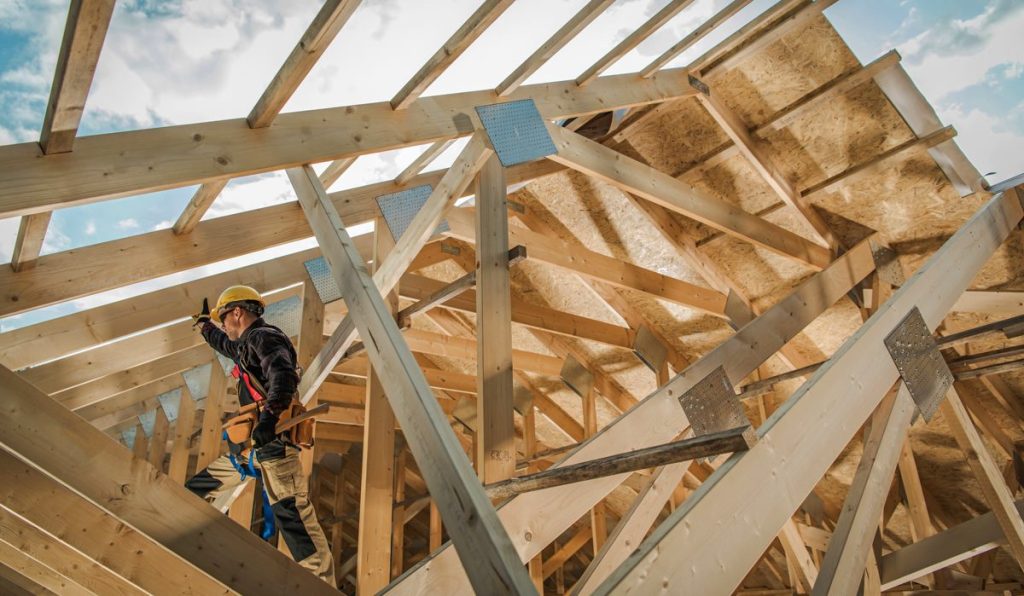Another month of rising COVID-19 cases left the unemployment situation in the U.S. virtually unchanged in December, with the rate holding for the second month at 6.7%, the U.S. Labor Department said on Friday. Due to massive losses in the servicing sector outnumbering professional and construction job gains, the raw number of nonfarm payroll employment fell by 140,000 – the first decline since April of last year.
The department estimates 10.7 million Americans are still unemployed heading in to 2021.
A second round of lockdowns pushed leisure and hospitality to the wayside as nearly 500,000 jobs were lost in the servicing sector due to curtailment in spending at restaurants and places of public gathering. Data from the Restaurant Law Center shows that in the reporting period, Washington, Minnesota, Michigan, Pennsylvania, New Mexico, and Oregon reduced indoor dining occupancy to zero.
The number of persons working part time but would prefer full time employment also fell by 471,000 in December, while the U-6, the broadest measure of labor underutilization, fell to 11.7% – sentiments Fannie Mae chief economist, Doug Duncan, said are positive signs for labor demand.
“Data from the household survey were slightly less pessimistic. The unemployment rate and labor force participation rate both stayed constant at 6.7 percent and 61.5 percent, respectively,” Duncan said. “Residential construction (including specialty trade contractors) posted a strong gain of approximately 23,000 this month; the level of residential construction employment finally surpassed February’s peak value.”
However, economists believe additional gains in construction will be needed to help ease supply constraints housing has been facing for months. Despite builder confidence hitting a 35-year-high in November, the census bureau still estimates new home sales have just over a four-month supply.
In the new year, Mortgage Bankers Association chief economist Mike Fratantoni said the lack of inventory is the biggest constraint to further growth in home sales for 2021.
“More workers in the sector should support the faster pace of housing construction the market needs,” Fratantoni said. “MBA not only expects that job growth will pick up in the second half of the year, we anticipate a strong rebound, as pent-up demand for a range of goods and services will require rapid hiring as the pace of vaccine deployment accelerates.”
Though December’s numbers weren’t yet where economists were hoping they’d be, Fratantoni said the MBA still expects a record year of purchase mortgage originations volume.
First American deputy chief economist Odeta Kushi took a similar position, noting that residential construction jobs increased nearly 1.1 percent in December relative to November and are now 0.8 percent above their pre-pandemic levels in February.
“More hammers, more homes,” Kushi said.
If that rebound doesn’t happen though, Kushi said a potential implication may be economic scarring and even further prolonged recovery.
Long-term unemployment last ballooned during the Great Recession, hovering around 40% of the overall jobless population from late 2009 into 2013, the highest in the series’ 73-year history.
“But, there is some light at the end of the tunnel. A rollout of successful vaccines in 2021 may help some of the hardest hit sectors – airlines, hospitality, retail – recover, providing a real boost to the labor market, with faster growth skewed to the services sector. However, it will likely take years to regain all the jobs lost.”
However, even if jobs do regain, what would be the point if homes became unaffordable? With the continuation of heightened demand, affordability is still of some concern. The median sales price for new houses at the end of November was $335,300, over $7000 higher year-over-year.
Congress did however finally enact additional coronavirus relief at the end of December. The new $300 a week federal plus-up, combined with state unemployment benefits, will replace on average more than 90 percent of wages in leisure and hospitality jobs.
“As distribution of vaccines continues through operation Warp Speed, it should be possible in the months ahead to restore millions more jobs, on top of the more than 12 million added back since the low-point in April,” said U.S. Secretary of Labor Eugene Scalia.





